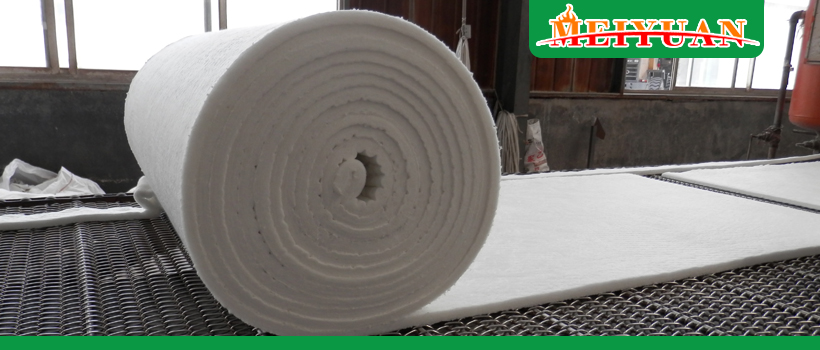Thermal conductivity is an important parameter to test the thermal insulation effect of ceramic fibers. For example, thermal conductivity will determine the thermal insulation effect of refractory fiber blanket. Thermal conductivity is the ability of a material to conduct heat and is a property of a material.

There are many factors that affect the thermal conductivity of refractory fiber blanket. The main points are as follows:
1. The chemical composition of the material
The more complex the chemical composition, the less the impurity content, and the more obvious the thermal conductivity is reduced. The more complex the mineral crystal structure, the smaller its thermal conductivity.
2. Influence of material pores
The number, size, shape and distribution of the pores contained in the material have an effect on the thermal conductivity. The gas in the pores has a low thermal conductivity, so the larger the porosity is, the smaller the thermal conductivity is within a certain temperature limit and porosity.
3. Temperature
Temperature is also a fundamental factor affecting the thermal conductivity. The temperature of the use affects the thermal conductivity. The higher the temperature, the higher the thermal conductivity.
The thermal conductivity of refractory fiber blanket is not only related to the thermal conductivity and thermal insulation effect of the refractory insulation products, but also has an important influence on the thermal shock stability. Generally, the thermal conductivity of the material is smaller, and it is internally generated when it is subjected to thermal shock. The smaller the thermal stress, the better the thermal shock stability. It also shows that the resistance to breakage is stronger when the temperature changes drastically.
Previous: How to store insulation ceramic fiber paper?
Next: What is the difference between refractory ceramic fibre and glass fiber?
Copyright © Shandong Minye Refractory Fibre Co.,Ltd. All Rights Reserved
